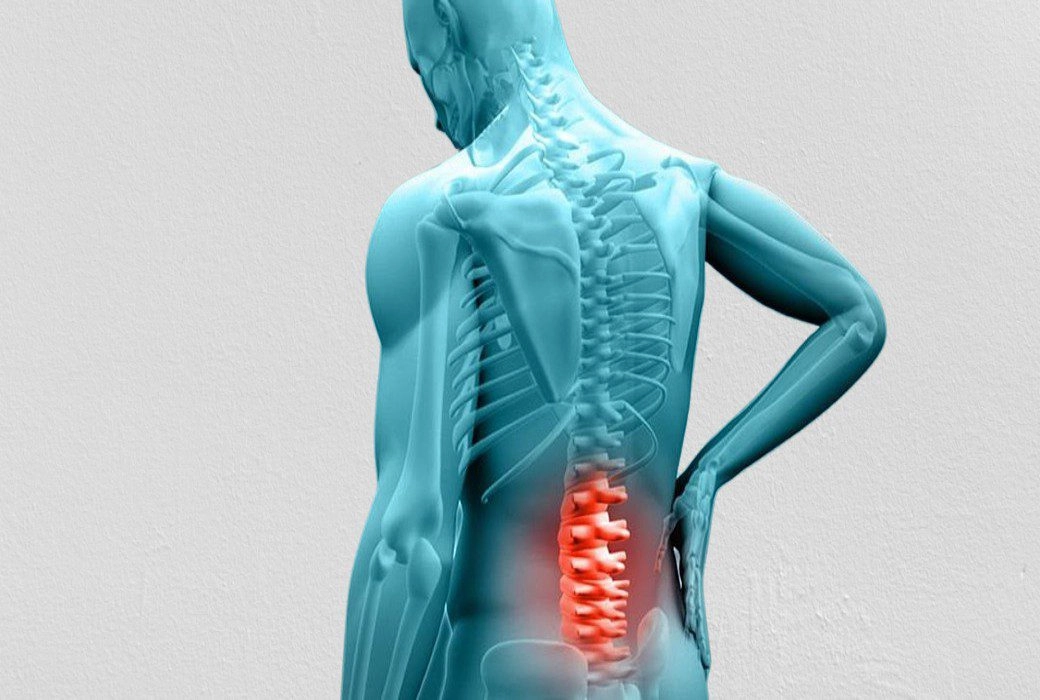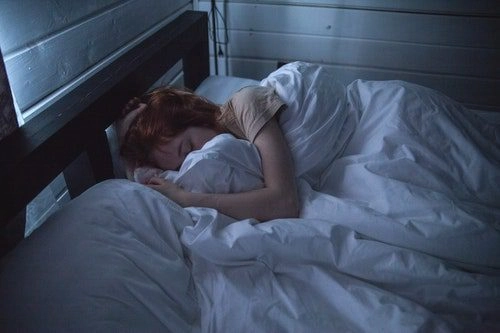9 Things You Should Avoid With a Herniated Disc

When you’re experiencing pain from a herniated disc, stopping it is your number one priority. But what if you’re doing things that are exacerbating the injury or keeping it from healing properly? We’ve got you covered. Here are 9 things you should avoid with a herniated disc.
Most of the items on this list have to do with “loading” the spine, which means putting pressure on the discs between the vertebrae. Unfortunately, not all of them are very intuitive. Some of the things you should avoid may surprise you. But we’ll tell you why to avoid them and even give you alternatives, when applicable.
Avoiding these activities can help you heal and ensure that the long-term effects and prognosis are positive. Most people heal fully from a herniated disc when they avoid these activities and seek help from a chiropractor or other medical professional.

1. Too Much Bed Rest
Doctors used to recommend several days of bed rest for herniated discs, but we’ve since learned that too much bed rest should be avoided. At best, too much bed rest does nothing to help you heal. At worst, it worsens your herniated disc.
This is why it’s best to only get limited bed rest and only immediately after you first experience pain from a herniated disc. The rule of thumb is no more than 2 days of bed rest. The best thing you can do for a herniated disc is to keep fairly active. The problem is that too many of the wrong activities can also hinder your recovery.
For this reason, it’s best to strike a balance between getting rid of herniated disc pain and avoiding certain activities, like the ones below.

2. Prolonged Sitting
Like too much bed rest, prolonged sitting will do you no favors when it comes to a herniated disc. This is because sitting puts pressure on the spinal discs (1), which is exactly what you don’t want. Even the best ergonomic chairs will allow for some unneeded pressure on the spine. But, sometimes you just can’t avoid sitting. If you must, try to use an ergonomic chair and follow these tips to reduce the pressure on your herniated disc.
- Keep your shoulders back and your spine erect. In other words, don’t slouch!
- Keep your feet on the floor and your thighs parallel to the floor.
- Make sure your knees are not above your hips when sitting.
- Place a rolled-up towel or pillow in the small of your back to maintain the natural curvature of the spine.
- Take frequent breaks where you stand up and walk around for a few minutes. It’s best to do this every half hour or hour.
If you have access to a standing desk, use it as much as you can to avoid sitting. But remember to move around at least once an hour.

3. Bending Over
Bending over and curving your back is a surefire way to cause yourself pain with a herniated disc. Most people don’t realize how much they actually bend over in the course of a day until they have a herniated disc or another back injury. Best to avoid it until your back feels better. Some common activities that involve bending over are as follows:
- Doing Laundry
You have to bend over to grab the basket, carry the basket to the laundry room, and then bend over several more times before the laundry is done. Get a friend or family member to do this if you can.
- Feeding Pets
Although not as strenuous as doing laundry, you still have to bend over to get food and water for the pets. Best to avoid this if at all possible.
- Picking Up Items
This is a rather broad one, but it’s worth bearing in mind. Anytime you bend over to pick something up from the floor, even if it’s as light as a piece of clothing, you’re putting pressure on your back.

4. Vacuuming
Although you generally don’t have to bend over much when vacuuming, you can still cause yourself pain with this activity. The way people normally vacuum, using their arm and their back to push and pull the vacuum cleaner, can cause pain with a herniated disc.
If you must vacuum, avoid pushing and pulling simply by holding the vacuum in front of you and moving it by walking back and forth. This will be easier on your back and will help you in the long run.

5. Yard Work
Yard work and gardening are both activities to avoid when you have a herniated disc. This is because they both tend to involve lots of bending and twisting, both of which can cause pain and hinder the healing process. They also tend to put you in a poor postural position, which is exactly what to avoid when healing.
If you can manage to keep the natural curvature of the spine, avoid twisting, and keep from bending, you may be able to get some yard work in. Just make sure it’s not strenuous and that it isn’t causing you pain.

6. Sleep Like You Normally Do
It’s very common for people to experience herniated disc pain when sleeping. This is why sleeping like you normally do probably won’t cut it as you recover from the injury. Luckily there are some sleeping positions that don’t generally cause pain.
- If you sleep on your back, place a rolled-up towel on the small of your back to help maintain the natural curvature of the spine. You may also consider placing two pillows under your lower legs. This often helps take the pressure off the low back.
- If you’re a side sleeper, you can also use pillows under your lower legs to help with sciatica pain from a bulging disc. If your pain is on the left, sleep on your right side, and vice-versa.

7. Exercises To Avoid With Bulging Disc
It’s important to stay somewhat active when you’re recovering from a bulging disc, but not all activities are equal. The general rule of thumb is to avoid any exercises that cause you pain, but that’s a painful form of trial-and-error. Instead, take a look at this list of exercises to avoid:
- Deadlifts
Where you use your posterior chain to lift a heavy weight from the ground. This can make a herniated disc worse.
- Sit-Ups
This core exercise puts pressure on the low back and usually causes it to bow outward, which can exacerbate the disc.
- Hamstring Stretches
Most hamstring stretches are not great for your back in general. This is doubly true when you have a herniated disc.
- Any Exercise That Requires Twisting
There are plenty of exercises that require you to twist and bend at the waist. Avoid these until you heal as they can be very painful and detrimental to your healing process. It is best to consult with a professional physical therapist to know what exercises you can do and should avoid with a bulging disc.

8. Sports to Avoid
In addition to avoiding certain exercises, it’s best to avoid certain sports when you have a herniated disc. (2) Most sports will have to wait until you heal, but you can still do some. Here are the ones to avoid:
- Contact Sports
-
- Sports like football, rugby, and hockey should be avoided.
- Running
-
- Sports that require running (which is most of them) are tricky with a herniated disc. The constant up-and-down motion can be painful and jarring.
- In some cases, you can continue to run when the disc is still healing. Talk to your chiropractor about tips to keep running with a herniated disc.
- Golf
-
- The twisting required in golf can cause serious pain. Best to wait until you heal for this one.
Some good, safe alternatives are swimming, biking, walking, and yoga.

9. Eating These Foods
Last on our list of things to avoid if you have a herniated disc involves diet. The following foods will do you no good and may even cause inflammation, which in turn may cause pain. So avoid these foods all the time if you can, but definitely steer clear of them if you’re suffering from a disc herniation.
- Sugary, processed foods.
- Foods made with vegetable oil.
- Fried foods.
- Processed grains.
- Processed meats.
Sticking to a diet of whole foods such as fruits, vegetables, whole grains, and healthy meats can help your body heal faster and will also reduce inflammation.
What Can You Do About A Herniated Disc?
Avoiding the things above is all well and good, but what else can you do about a bulging disc? Your best bet is to visit a chiropractor for a herniated disc. A doctor of chiropractic can give you a proper assessment and then determine a course of action. Chiropractic care is ideally positioned to deal with herniated discs because it’s all about the musculoskeletal system. (3)
Your chiropractor may order an MRI test to see the size of the disc herniation. Unfortunately, even 3mm is considered a large herniated disc. But they can get as large as 18mm. Once the chiropractor knows what you’re dealing with, he or she can start treatment. Some patients experience relief within one or two sessions. And most people experience complete relief within a few weeks.
So keep in mind the items above and contact a certified chiropractor for help with your herniated disc.
To learn more about your condition, visit your local physical therapist at Better Health Alaska – Anchorage office.